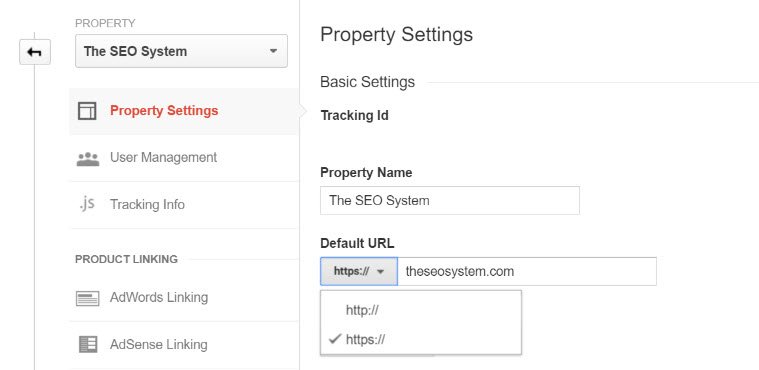If you do not have access to your Apache server’s virtual hosts files, use an.htaccess file to rewrite HTTP requests to HTTPS. Add the following lines to a file named.htaccess file in your domain’s root directory (create the file if it doesn’t exist). HostGator uses Apache to host your website. Apache can be customized via modules, and the modrewrite module is available for you to use yourself. Modrewrite can redirect one URL to another URL, rewrite requested URLs, limit access to your site and much more.
- Apache Rewrite Rule Http To Https
- Apache Rewriterule Redirect Http To Https
- Apache Rewrite Rule All Http To Https
- Apache Https Only

To automatically redirect all requests from HTTP to HTTPS you can use Apache's mod_rewrite module. This is a good solution to force your site visitors to use SSL. Besides this, you can also apply this solution on most shared hosting plans where you have access to the htaccess file.
Sky Atlantic, Sky1, Sky Living, Sky Arts 1, Sky News and 8 Kids channels including Cartoon Network, Nickelodeon and Disney Channel Connect to your Sky Q box at home and watch your recordings Sky Go Extra customers can register up to 4 devices, download selected On Demand content to watch anywhere, even without Wi-Fi or 3G/4G. Sky go on kindle library. I can't get Sky Go to work on my phone or Kindle. Error code is 0-01.
Most of the time you are doing local web development without HTTPS and self-signed certificates but good-ol’ plain HTTP. For security and SEO reasons, HTTPS should be enabled in your production environment all the time. One important requirement for production environments is, that every incoming plain HTTP request has to be redirected to HTTPS. If you are using a frontend proxy for HTTPS/TLS termination and your web application is agnostic to the protocol in use, there should not be any difference accessing your application in local or production environment.
Different ways to do a HTTP to HTTPS redirect
In case when only a Apache webserver is used, it is difficult to provide a configuration which enables HTTPS only in production but uses plain HTTP in local environments:
- As described above, you can use a frontend proxy for the TLS termination.
- When deploying your web application, your .htaccess contains the RewriteRule for redirecting from HTTP to HTTPS. This has some smaller drawbacks: Either you have two different .htaccess files or you are rendering different versions of the .htaccess files – one for local developement and one for the production environment. In both cases the web application is mutable which may lead to higher complexity as the (infrastructure) code base of your application differs between both environments
- You are using conditionals inside your .htaccess files. This is what I am writing about 🙂
Using conditionals inside your .htacces file
Apache Rewrite Rule Http To Https

With Apache 2.4 and newer you can use the <If> tag inside your Apaches’s server or virtual host configuration and inside the <Directory> tag. Also, it can be used inside the .htaccess file. The new expression syntax allows you to define complex conditional statements. In addition to that, it is possible to use regular expressions inside the statements, which comes in handy for my use case: I am using xip.io for local development. With a matching regular expression the code snippet can be copied to each .htaccess file of my projects.
Hitting the wall
The whole idea is to do 301 redirect if HTTPS is not used and the server name does not match any kind of *.xip.io. It took my a while to realize that Apache atleast until version 2.4.39 do no support the RewriteCond inside an <If> block. The following code does notcompletely work on 2.4.18 and 2.4.39:
In order to create a Symbol within your design, first, you need to go to View Studio Symbols to ensure the Symbols Studio is visible. Now simply select the object you would like to convert to a Symbol, for example, a logo or an icon using the Move Tool or via the Layers Studio, and then click Create in the Symbols Studio. To make sure all of your Symbols update at the same time, you’ll also need to have. Symbols offer a highly efficient way of working, suitable for 'repeating' elements of design that are liable to change, e.g. Logos, branding, and buttons, as well as specific adjustments. By avoiding having to edit the same elements multiple times, a symbol can be edited just once with all instances of that symbol updated automatically, even. Symbols in Affinity Designer are a powerful tool for re-use of designs. You can use Affinity Designer symbols to store images for common elements in artworks. You can find the symbols panel in Affinity Designer via the view menu and studio and symbols command. Once you start using the vector symbols, any changes to the symbols are reflected in the Affinity designer symbol instances. Affinity designer symbol library. To create a symbol: Select an object or group on the page or via the Layerspanel. On the Symbolspanel, click Create. You cannot create a symbol from an object present in an existing symbol. To create symbol instances: Do one of the following: On the Symbolspanel, drag a chosen symbol onto the page. Download All 3,509 icons compatible with Affinity Designer unlimited times with a single Envato Elements subscription. Our site is great except that we don‘t support your browser. Try the latest version of Chrome, Firefox, Edge or Safari.
Apache Rewriterule Redirect Http To Https
The redirect from HTTP to HTTP does work but all following RewriteRules won’t have any effects after redirect has been done. My guess is that the RewriteCond statement does not take into effect that it is inside a <If> block and does not know anything about the current scope.

Using if statements properly
It took me a while to come up with a working snippet:

As you can see, I have replaced the RewriteCond with an inline statement. This version can be also written in a more elegant way. Since Apache 2.4.26, nested if statements can be used:

In case you are not using xip.io, you can replace the string .*.xip.io with localhost.
Apache Rewrite Rule All Http To Https
Summary
Apache Https Only
This blog post has shown you how to use conditional statements inside your .htaccess file. You can now easily redirect to HTTPS in your production environments but also use plain HTTP on your local developement machine.
